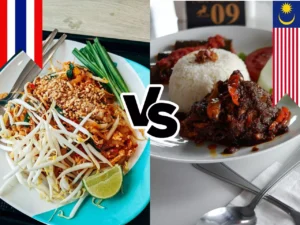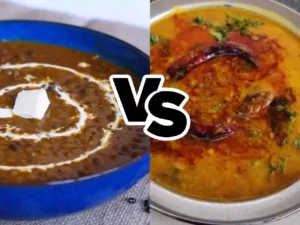Introduction
A common question that arises in culinary discussions is the difference between picante sauce and salsa. At first glance, these two condiments may seem identical, given their similar ingredients and appearance. However, there are subtle differences between them that can impact the flavor profile and usage in various dishes. In this blog post, we will explore the intricacies of picante sauce and salsa, exploring their similarities and differences.
What is Salsa?

Salsa, which translates to “sauce” in Spanish, is a versatile and flavorful condiment originating from Mexico. It typically consists of tomatoes, onions, chili peppers, and various herbs and spices. Salsa can range from mild to fiery hot, depending on the type and quantity of chili peppers used. Its texture can also vary, from chunky to smooth, with some versions incorporating additional ingredients like fruit, corn, or black beans.
Common types of salsa include:
Salsa Roja: A red salsa made from tomatoes, onions, and chili peppers.
Salsa Verde: A green salsa made from tomatillos, onions, and chili peppers.
Pico de Gallo: A chunky, fresh salsa made from tomatoes, onions, chili peppers, and cilantro.
Salsa de Mango: A fruity salsa made from mangoes, tomatoes, onions, and chili peppers.
What is Picante Sauce?

Picante sauce is a type of salsa with a distinct, spicy kick. “Picante” means “spicy” in Spanish, and this sauce certainly lives up to its name. Like salsa, picante sauce typically includes tomatoes, onions, chili peppers, and various herbs and spices. However, it often contains more chili peppers, producing a spicier flavor profile.
Picante sauce can be found in various heat levels, mild to extra hot. It is generally smoother in texture than salsa, which can be attributed to the use of pureed or finely chopped ingredients. This makes it ideal as a dipping sauce or an ingredient in recipes that call for a spicy kick.
The Differences between Picante and Salsa
Heat Level: The heat level is the most significant difference between picante sauce and salsa. Picante sauce is notably spicier than most salsas, thanks to its higher concentration of chili peppers.
Texture: Picante sauce tends to have a smoother consistency than salsa. While both can be chunky or smooth, picante sauce is more likely to be pureed or finely chopped, while salsa can have larger chunks of vegetables and fruits.
Ingredients: While both picante sauce and salsa use tomatoes, onions, and chili peppers as their base, salsa often incorporates additional ingredients such as fruit, corn, or black beans, resulting in a wider range of flavors and textures.
Usage: Due to their texture and heat level differences, picante sauce and salsa may be used differently in various dishes. Picante sauce is often used as a dipping sauce for tortilla chips or an ingredient in recipes that call for a spicy kick. In contrast, salsa can be used as a topping, side dish, or ingredient in various dishes, such as tacos, burritos, and salads.
To summarize
Although picante sauce and salsa share many similarities, they are different. The primary differences lie in their heat level, texture, and ingredient variation. Understanding these distinctions will enable you to make informed choices when selecting the perfect condiment for your culinary creations. So, the next time you reach for a jar of spicy goodness, consider whether a picante sauce or salsa will best enhance your dish.







